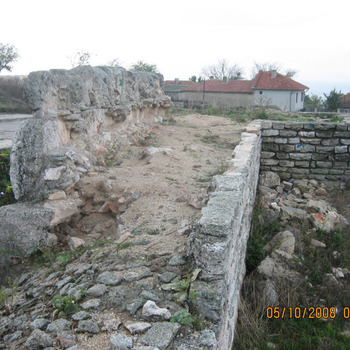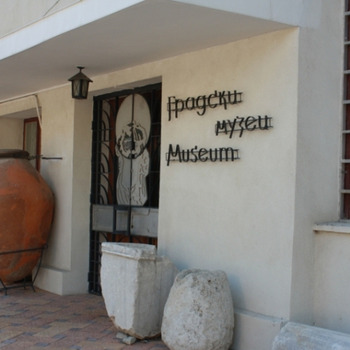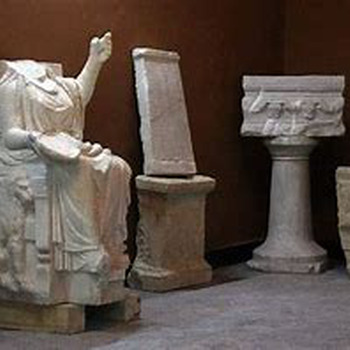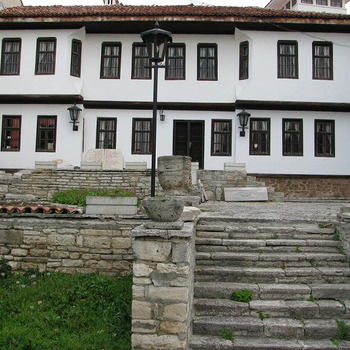Late antique and medieval fortress Balchik
Overview
In the first millennium BC. on the site of the modern city is located the ancient Thracian and ancient Greek polis "Kruni". It occupies a large area surrounded by a fortress wall. To the north you reach the modern bus station. To the west, its wall runs west of the main street, covering part of today's center. The south wall starts from the History Museum and continues south from the main street to the street south of the Art Gallery and the river. The east wall runs north along the river. During the period III-VI centuries AD. the borders of late ancient Dionysopolis expanded, reaching Dzheni Bair area and the sea. Although scarce, the archaeological excavations carried out so far in the modern city still allow us to glimpse into the secrets of the ancient Greek polis.
The territory of the fortress is nearly 150 decares, due to which it has not been fully explored yet. Some of the fortress walls, gates and defensive towers have been discovered. It is believed that the construction of the fortification was started by Emperor Anastasius and completed by Emperor Justinian I, as it is assumed that the finishing works were forced in connection with the consequences of the catastrophic flood of 544/545. After this year, apparently the population left the ancient Dionysopolis and settled here. The arrival of the Bulgarians in these lands turned out to be a turning point in the long process of ethnic and territorial changes that began as a result of the Great Migration. For a long time, fortified places important for the empire were abandoned and desolate. Proto-Bulgarians settled and settled permanently on their ruins. Undoubtedly, this process affects the fate of the entire plain, hereinafter known as Karvuna land, and the settlement - Karvuna.
Within the project "Improvement of tourist attractions and related infrastructures on the territory of the Municipality of Balchik" under the Operational Program "Regional Development" will be carried out conservation, restoration and exhibition of the fortress. For the transformation of the site into a tourist attraction, non-verbal interpretation will be provided through information boards. Given the location of the site and the complexity of its historical development, guided talks and an individual system of tourist interpretation will be provided.
Recommended
- Balchik Historical Museum
- Balchik Art Gallery
- The Temple of Cybele
- Botanical Garden in Balchik
- The palace in Balchik
- Lighthouse
- Black Sea Rama Golf Club
- Tuzla area
- Ikantalaka Beach


 Bulgarian
Bulgarian Romanian
Romanian



